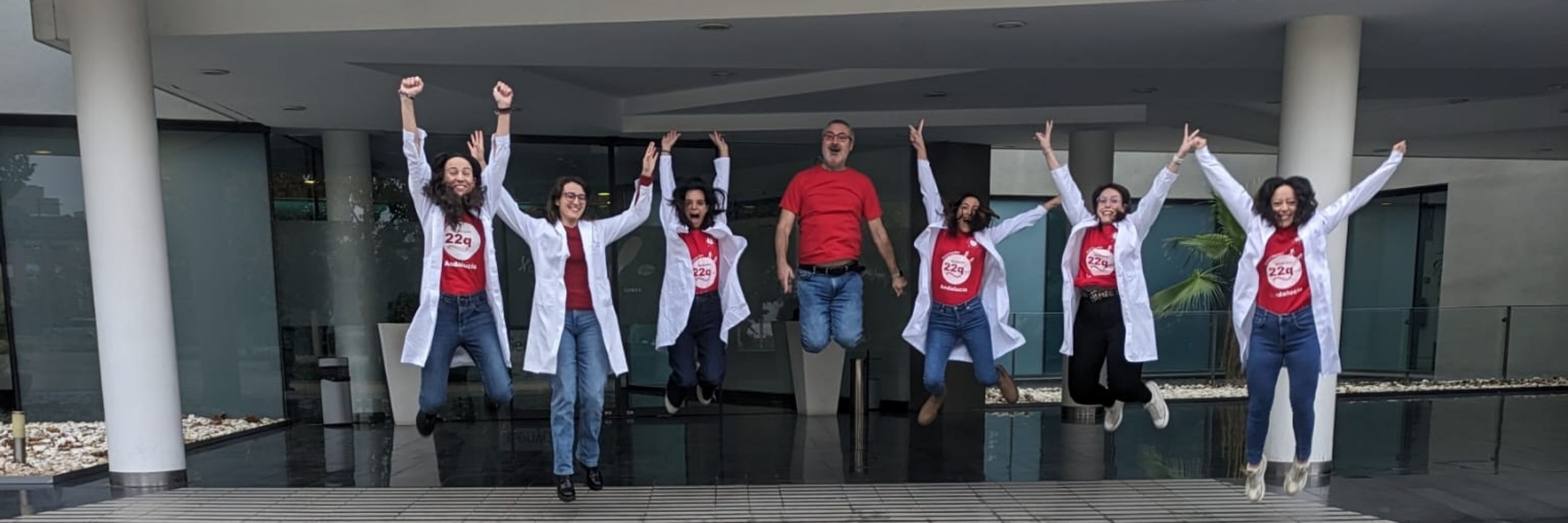

In collaboration with @saramaciasrna.bsky.social, we show DGCR8 haploinsufficiency disrupts pluripotency in hESC by affecting primate-specific miRNAs and TEs. Our findings highlight a co-evolved miRNA-TE network in primates.
Read:
academic.oup.com/nar/article-...
Special thanks to the reviewers whose comments improved our manuscript a lot! rdcu.be/eI3tD

Special thanks to the reviewers whose comments improved our manuscript a lot! rdcu.be/eI3tD
www.biorxiv.org/content/10.1...
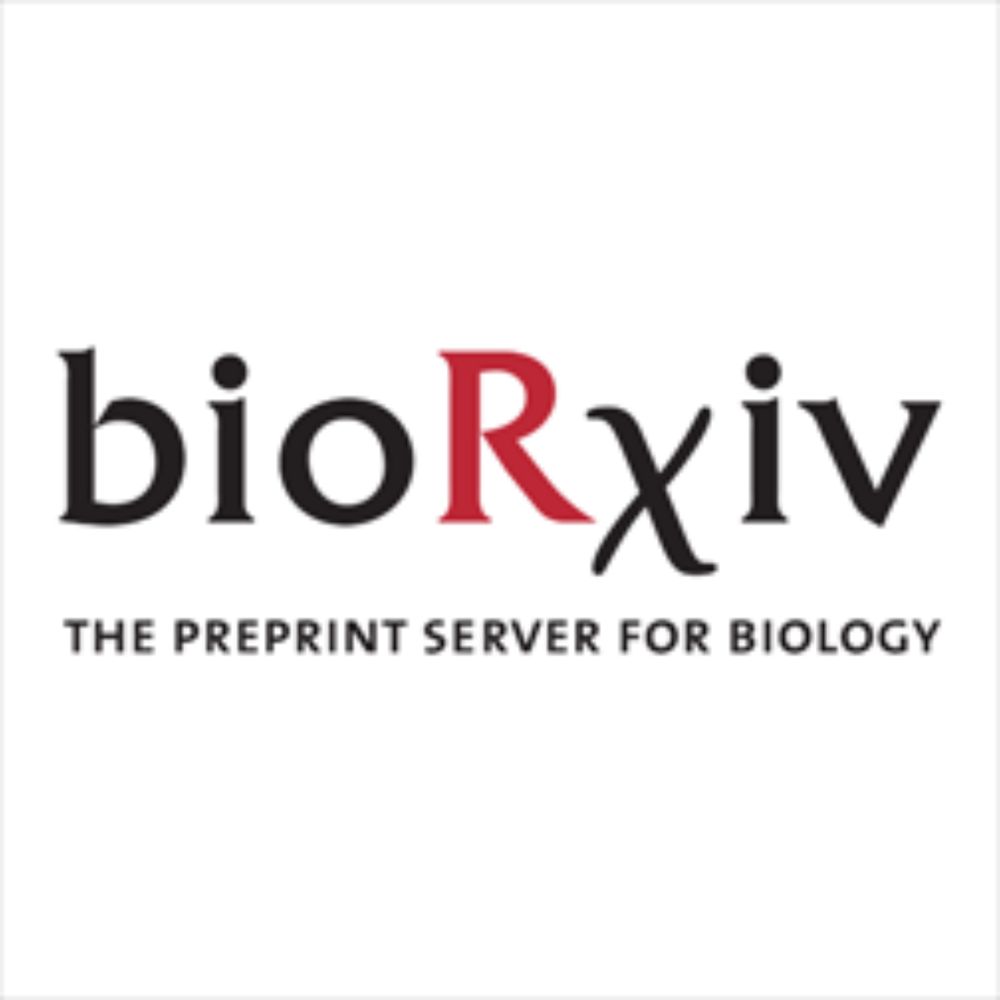
www.biorxiv.org/content/10.1...
In collaboration with @saramaciasrna.bsky.social and @heick.bsky.social labs
🧬 Control of retrotransposon-driven activation of the interferon response by the double-stranded RNA binding protein DGCR8 and its implications in 22q11.2 deletion syndrome.
#22q11 #TEsky #RNAsky
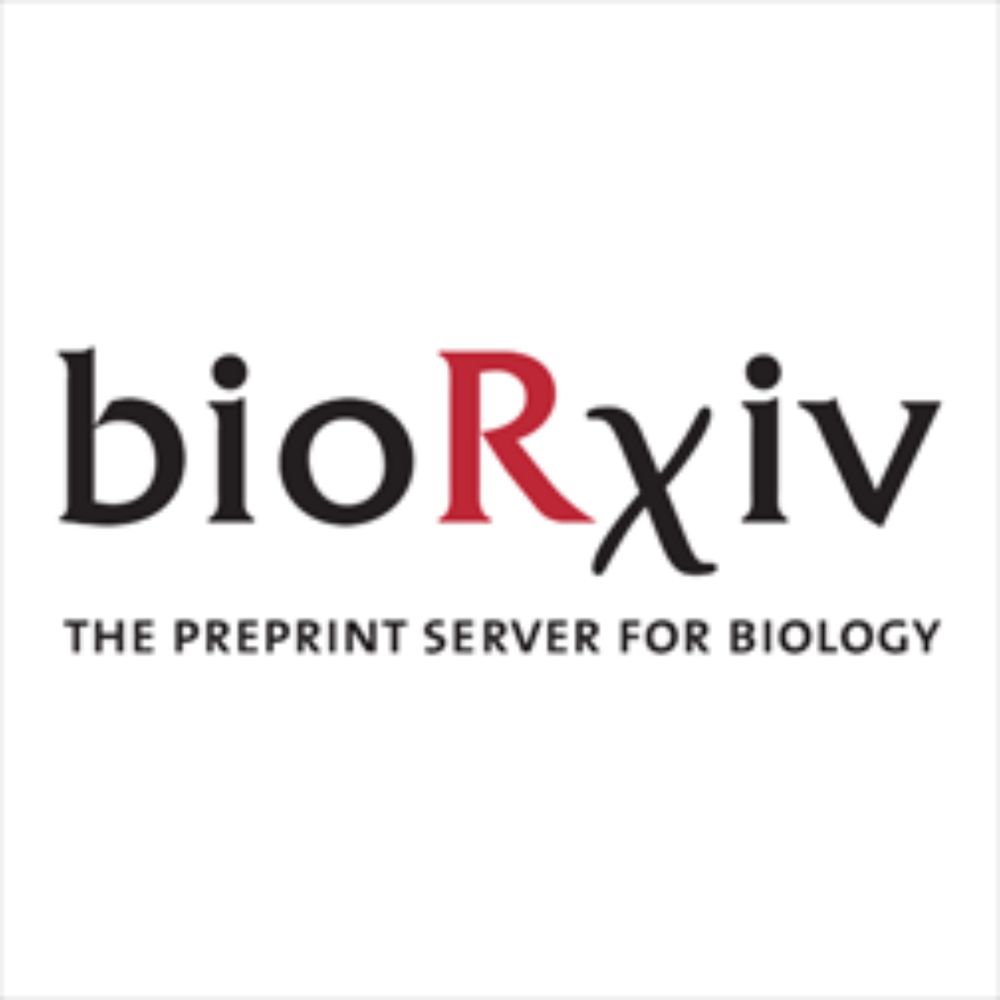
In collaboration with @saramaciasrna.bsky.social and @heick.bsky.social labs
🧬 Control of retrotransposon-driven activation of the interferon response by the double-stranded RNA binding protein DGCR8 and its implications in 22q11.2 deletion syndrome.
#22q11 #TEsky #RNAsky
In collaboration with @herassr.bsky.social and @heick.bsky.social labs
www.biorxiv.org/content/10.1...

In collaboration with @herassr.bsky.social and @heick.bsky.social labs
www.biorxiv.org/content/10.1...
journals.biologists.com/dev/article/...
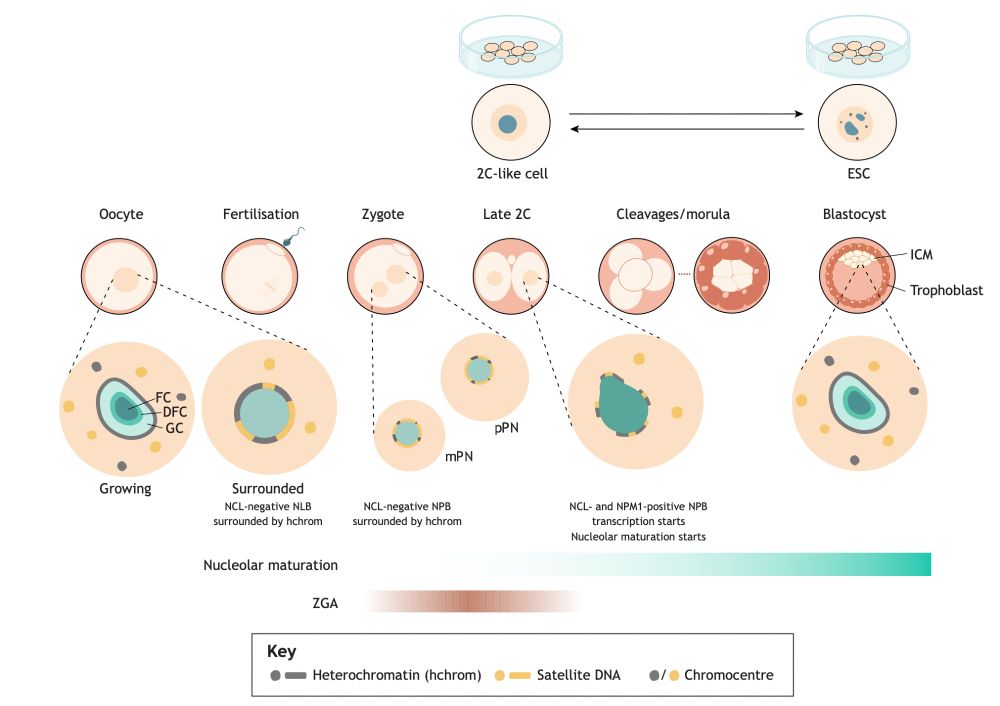
journals.biologists.com/dev/article/...
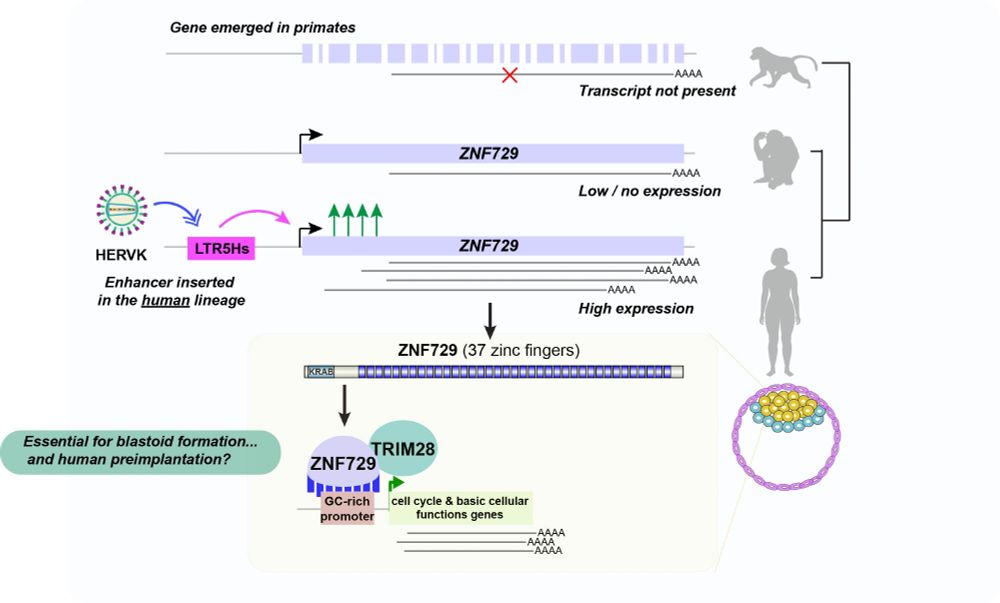
www.biorxiv.org/content/10.1...
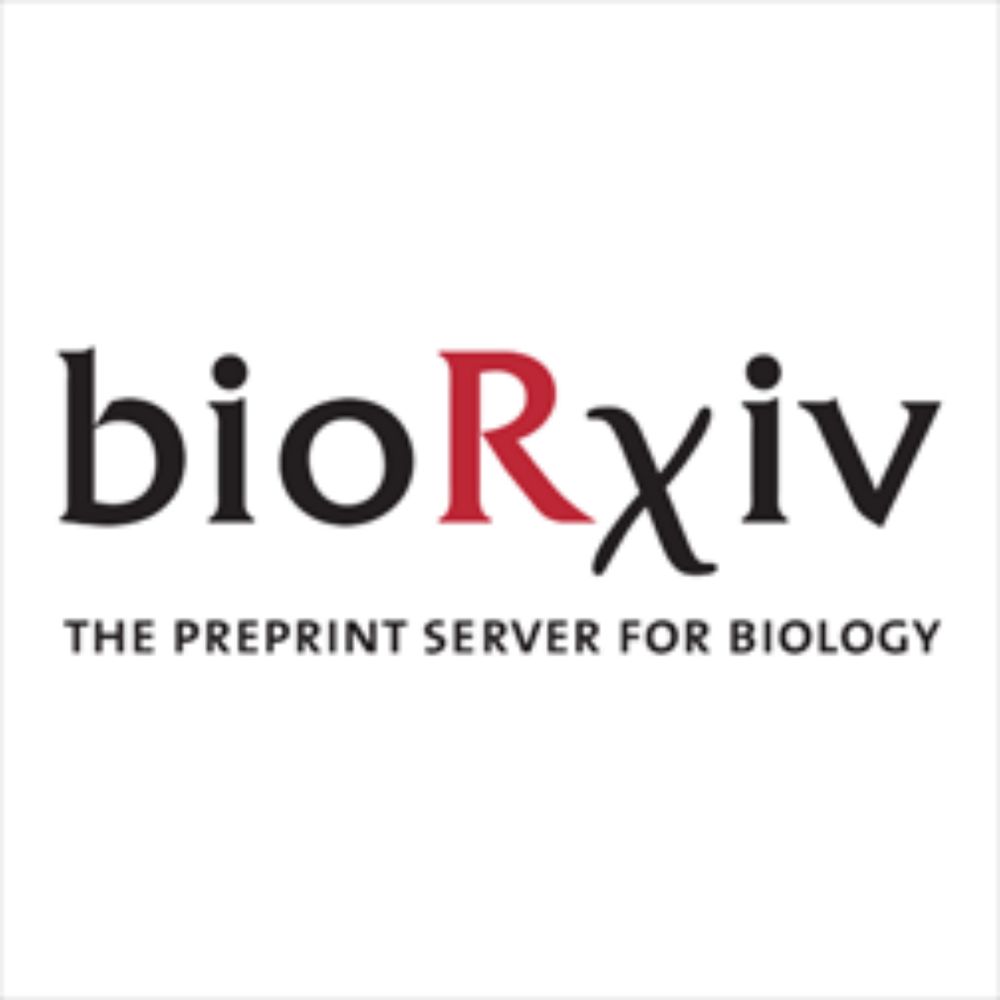
www.biorxiv.org/content/10.1...
#Epigenetics #DNAdemethylation #mESCs
---
Gain deeper insights into gene regulation; epigenometech.com
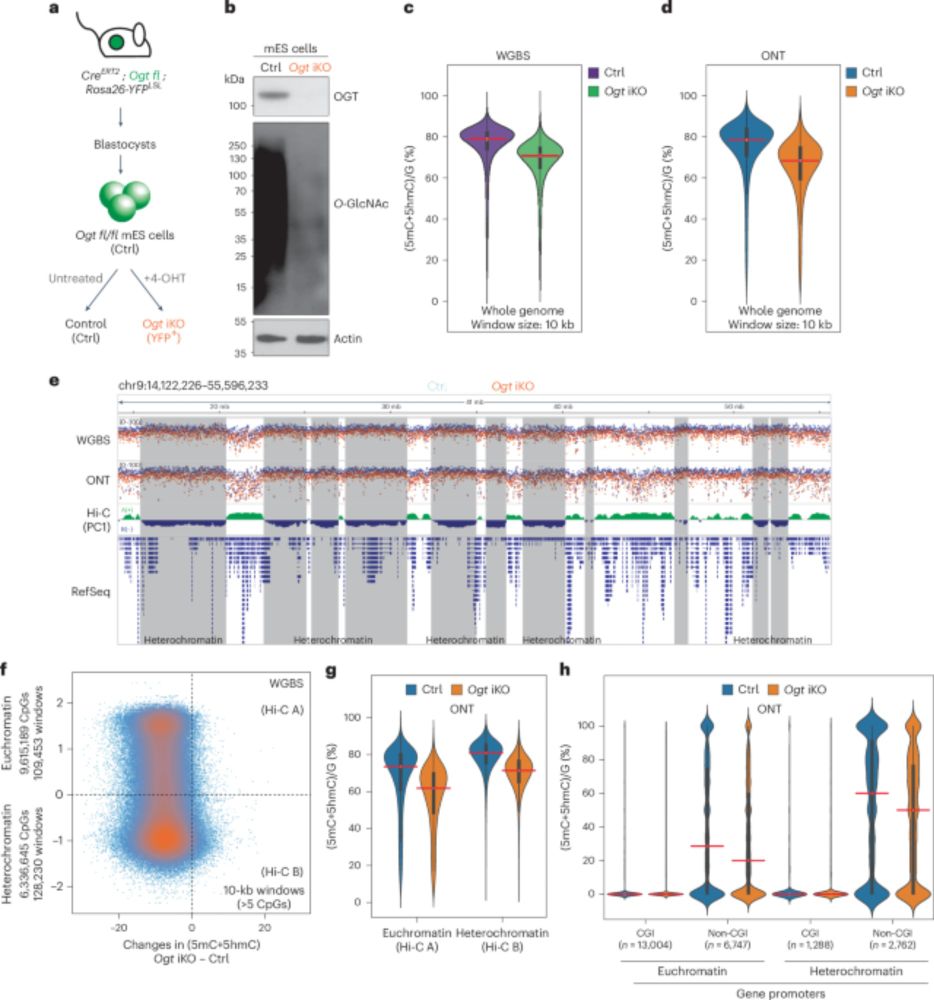
#Epigenetics #DNAdemethylation #mESCs
---
Gain deeper insights into gene regulation; epigenometech.com
As well as ambitious proposals for R&I in the next EU budget.
We will also offer the best and brightest the right incentives to come to Europe ↓
As well as ambitious proposals for R&I in the next EU budget.
We will also offer the best and brightest the right incentives to come to Europe ↓
Gag proteins of endogenous retroviruses are required for zebrafish development
www.pnas.org/doi/10.1073/...
Led heroically by Sylvia Chang & @jonowells.bsky.social
A study which has changed the way I think of #transposons! No less! 🧵 1/n
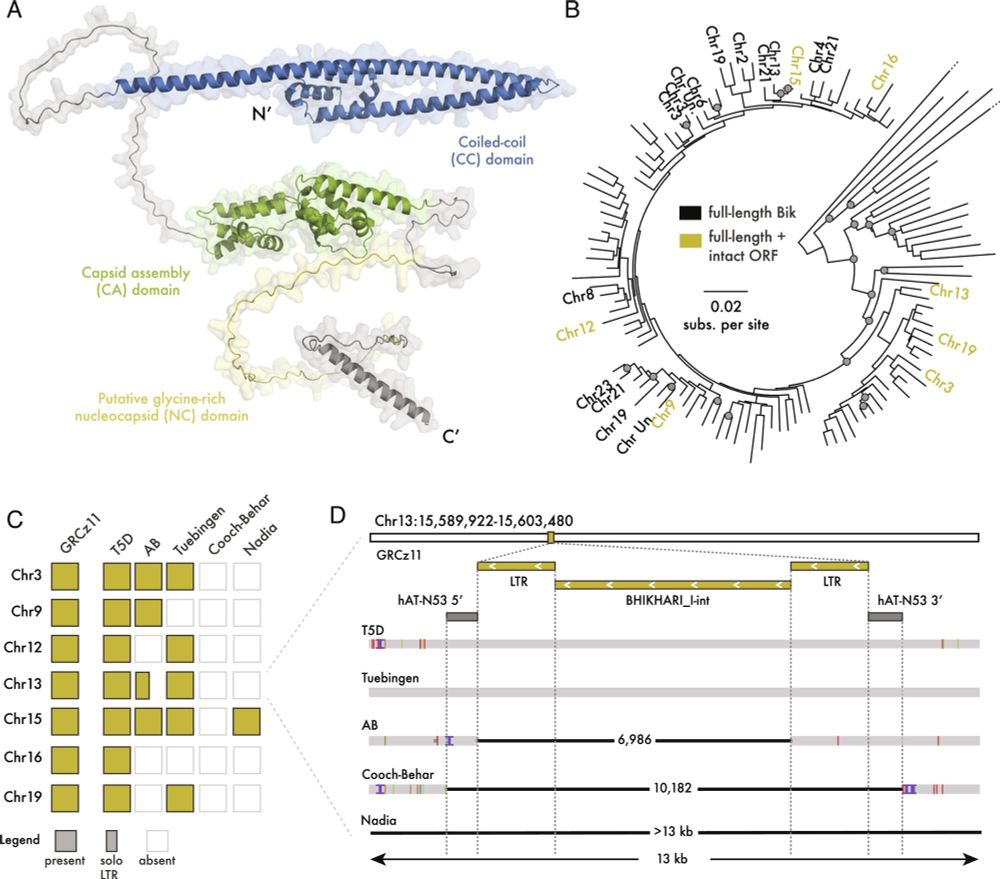
Gag proteins of endogenous retroviruses are required for zebrafish development
www.pnas.org/doi/10.1073/...
Led heroically by Sylvia Chang & @jonowells.bsky.social
A study which has changed the way I think of #transposons! No less! 🧵 1/n
Gracias a los coautores y las IPs @herassr.bsky.social y @saramaciasrna.bsky.social, así como a @uji.es
Artículo aquí ➡️ academic.oup.com/nar/article/...
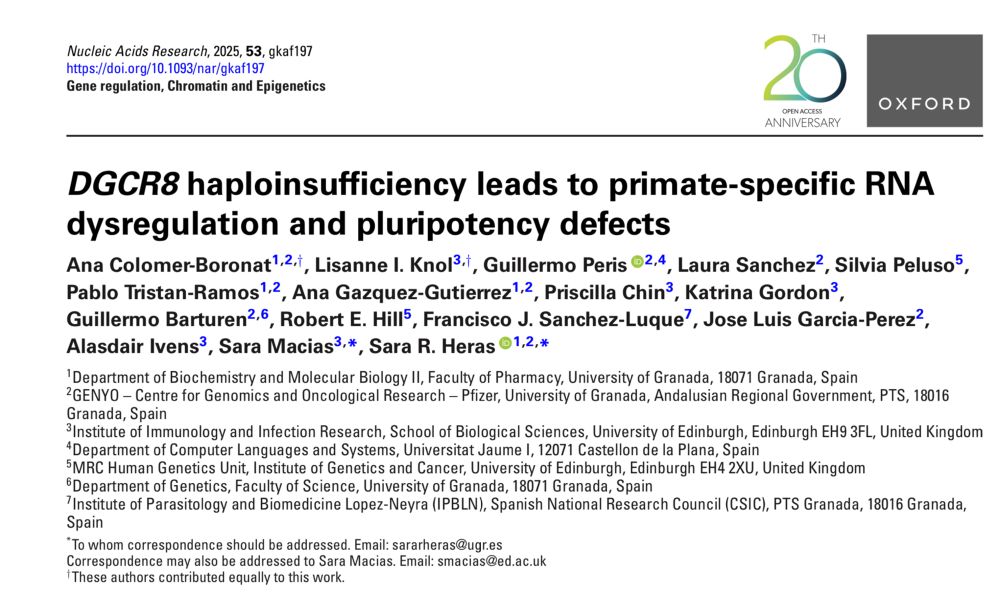
Gracias a los coautores y las IPs @herassr.bsky.social y @saramaciasrna.bsky.social, así como a @uji.es
Artículo aquí ➡️ academic.oup.com/nar/article/...
La pérdida de un alelo del gen DGCR8 en células madre embrionarias humanas afecta a su pluripotencia interfiriendo en una red de elementos transponibles y microARNs que es específica de primates. (1/2)
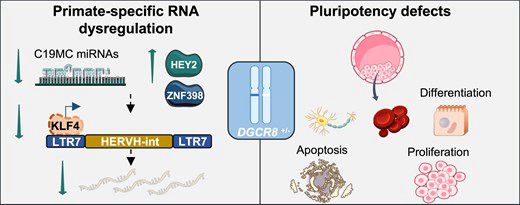
La pérdida de un alelo del gen DGCR8 en células madre embrionarias humanas afecta a su pluripotencia interfiriendo en una red de elementos transponibles y microARNs que es específica de primates. (1/2)
In collaboration with @saramaciasrna.bsky.social, we show DGCR8 haploinsufficiency disrupts pluripotency in hESC by affecting primate-specific miRNAs and TEs. Our findings highlight a co-evolved miRNA-TE network in primates.
Read:
academic.oup.com/nar/article-...

In collaboration with @saramaciasrna.bsky.social, we show DGCR8 haploinsufficiency disrupts pluripotency in hESC by affecting primate-specific miRNAs and TEs. Our findings highlight a co-evolved miRNA-TE network in primates.
Read:
academic.oup.com/nar/article-...
Thanks to all the coauthors and funders
academic.oup.com/nar/article/...

Thanks to all the coauthors and funders
academic.oup.com/nar/article/...


